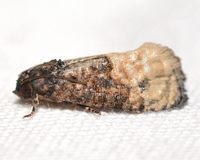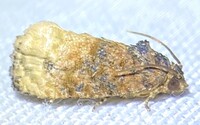
| Recorded by: Dean Furbish and Joy Wiggins on 2025-08-28
Wake Co.
Comment: | 
| Recorded by: Lior S. Carlson, Dean Furbish, Randy Emmitt on 2025-08-12
Alamance Co.
Comment: |
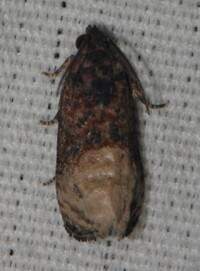
| Recorded by: David George, Dale Morgan, Patrick Coin, Julie Tuttle, Becky Watkins, et al. on 2025-07-26
Orange Co.
Comment: | 
| Recorded by: Ken Kneidel on 2025-07-20
Mecklenburg Co.
Comment: |
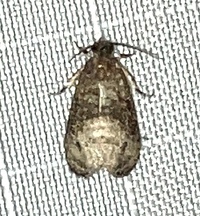
| Recorded by: Ken Kneidel on 2025-07-20
Mecklenburg Co.
Comment: | 
| Recorded by: David George, Jeff Niznik on 2024-09-21
Chatham Co.
Comment: |
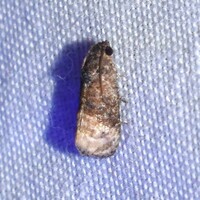
| Recorded by: David George, Jeff Niznik, Stephen Dunn on 2024-08-02
Chatham Co.
Comment: | 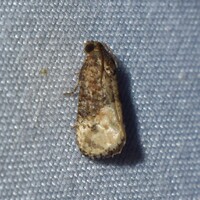
| Recorded by: David George, Jeff Niznik, Stephen Dunn on 2024-08-02
Chatham Co.
Comment: |
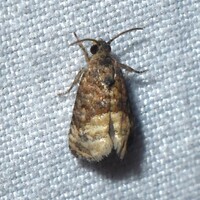
| Recorded by: Jeff Niznik on 2024-07-26
Alamance Co.
Comment: | 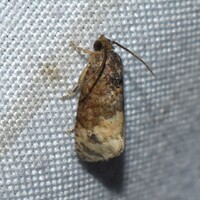
| Recorded by: David George, Jeff Niznik on 2024-07-08
Chatham Co.
Comment: |
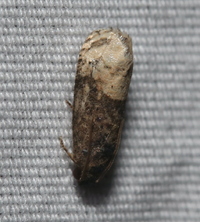
| Recorded by: David George, Rich Teper on 2024-05-13
Chatham Co.
Comment: | 
| Recorded by: Simpson Eason on 2024-05-03
Durham Co.
Comment: |

| Recorded by: David George, Jeff Niznik on 2024-04-29
Chatham Co.
Comment: | 
| Recorded by: David George, Stephen Dunn, Jeff Niznik on 2024-04-29
Chatham Co.
Comment: |

| Recorded by: David George, Stephen Dunn, Jeff Niznik on 2024-04-29
Chatham Co.
Comment: | 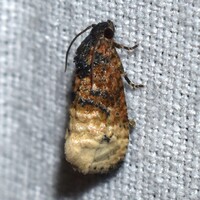
| Recorded by: David George, Jeff Niznik, Rich Teper on 2024-04-17
New Hanover Co.
Comment: |
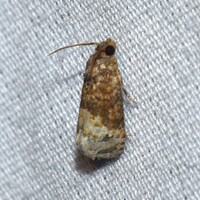
| Recorded by: David George, Jeff Niznik on 2023-09-04
Orange Co.
Comment: | 
| Recorded by: Ken Kneidel on 2023-08-20
Mecklenburg Co.
Comment: |

| Recorded by: Ken Kneidel on 2023-08-20
Mecklenburg Co.
Comment: | 
| Recorded by: Jeff Niznik on 2023-07-25
Durham Co.
Comment: |
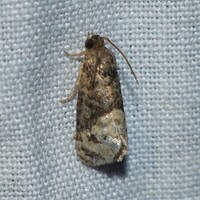
| Recorded by: David George, Jeff Niznik, Rich Teper on 2023-05-21
New Hanover Co.
Comment: | 
| Recorded by: David George, Jeff Niznik on 2023-05-12
Durham Co.
Comment: |

| Recorded by: Steve Hall, David George, Jeff Niznik on 2023-04-29
Orange Co.
Comment: | 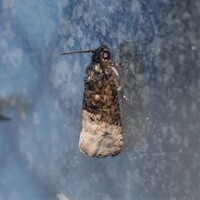
| Recorded by: David George, Jeff Niznik on 2023-04-29
Orange Co.
Comment: |
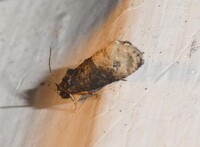
| Recorded by: Simpson Eason on 2023-04-21
Durham Co.
Comment: | 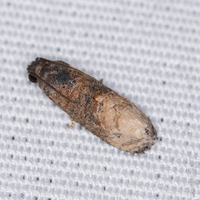
| Recorded by: David George, Lior Carlson, Becky Watkins, Richard Teper, Stephen Dunn on 2022-07-23
Orange Co.
Comment: |
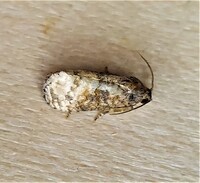
| Recorded by: Gary Maness on 2022-07-15
Guilford Co.
Comment: | 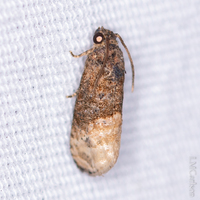
| Recorded by: David George, L. M. Carlson on 2022-07-14
Orange Co.
Comment: |
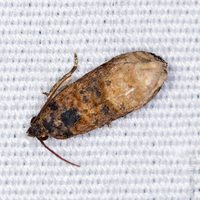
| Recorded by: David George, L. M. Carlson on 2022-07-03
Orange Co.
Comment: | 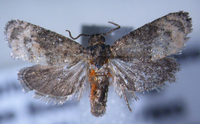
| Recorded by: Steve Hall on 2022-06-30
Durham Co.
Comment: Dissected by J.B. Sullivan |
|

 »
»

